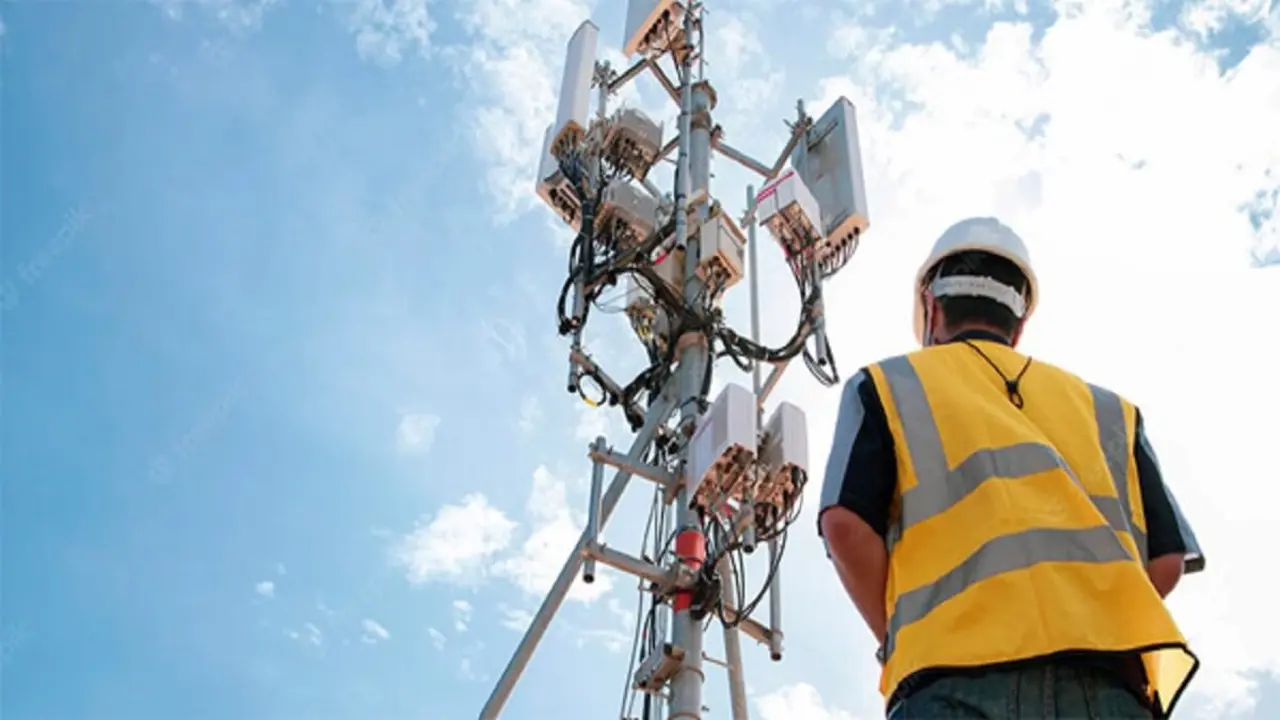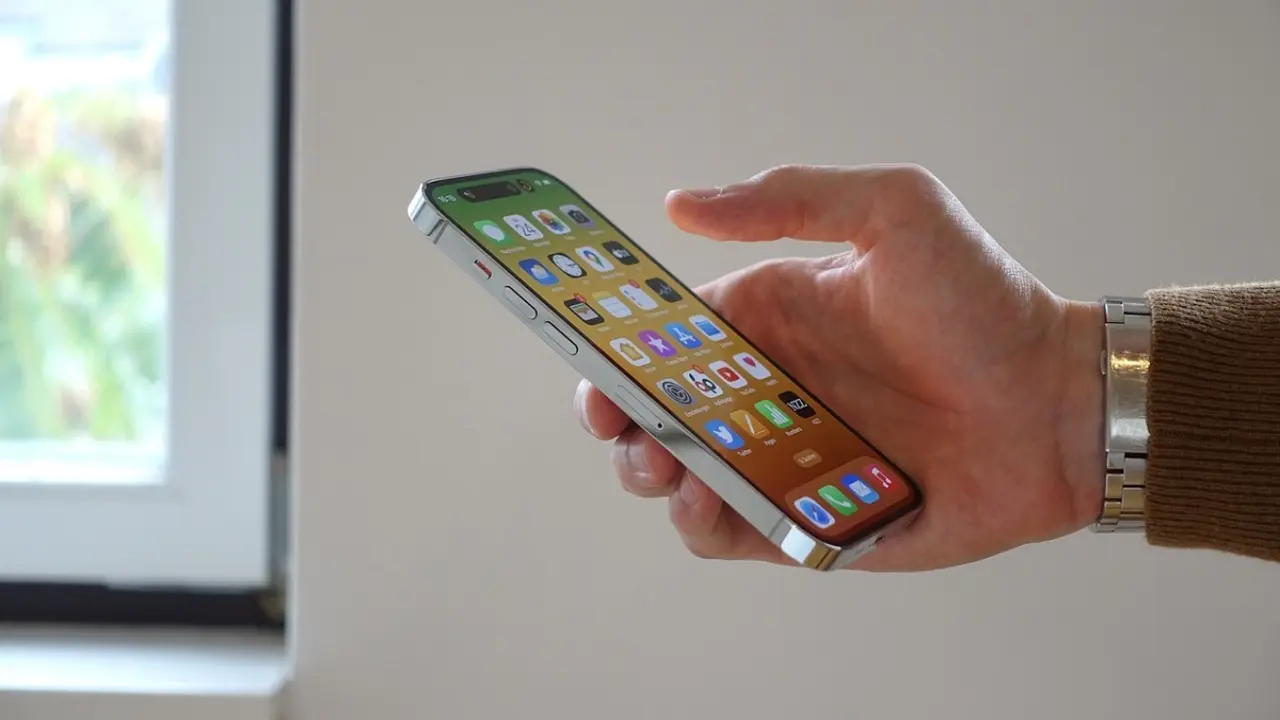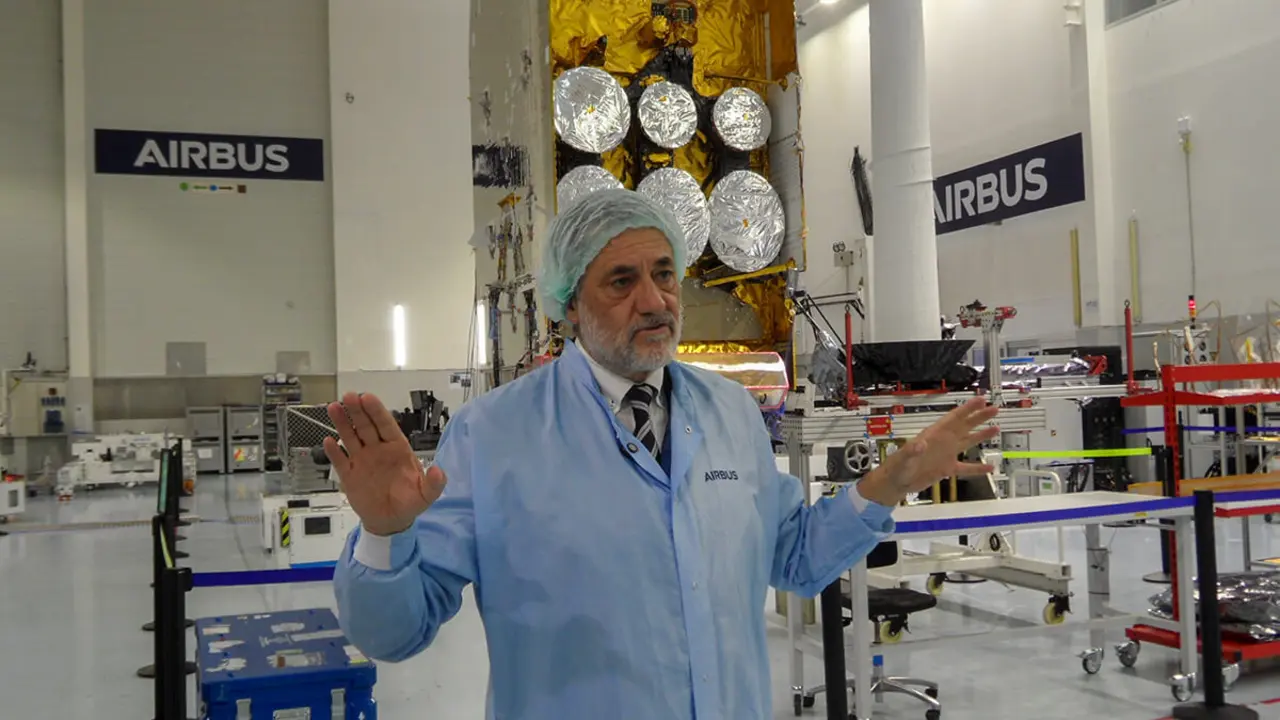Russia follows China's lead and is about to order its own space station
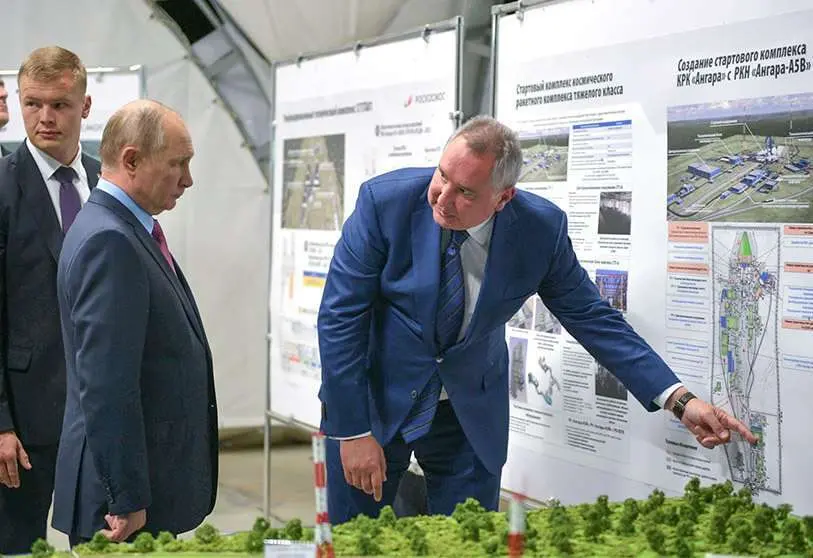
In the midst of the Ukraine crisis, Moscow is not only determined to demonstrate its enormous military might and diplomatic prowess to the Biden Administration, NATO Secretary General Jens Stoltenberg of Norway and the world at large. It also wants to prove that it is still a superpower in every sense of the word and, as such, wants to be held in high regard.
Pioneer of access to space and manned space travel, Russia is aware that in the last decade it has been overtaken by China and that its economic problems have pushed it down from second place in the world to third. However, Moscow has hit its stride and will make the necessary budgetary efforts to climb up the rankings.
The main supporter of the Kremlin's investment in the space sector is President Vladimir Putin himself. Knowing that one of NASA's big plans is to lead the future Gateway lunar complex and that his Chinese ally Xi Xinping has already had his small Tiangong space station with three astronauts on board since last April, he has given clear directives to Roscosmos, the Russian Federation's space agency.

What are these instructions? First and foremost, to complete its ongoing project to build a new-generation orbital complex, with or without the participation of third countries. The billions of roubles needed to finance it will be borne by the Russian state or will be found from wherever it is needed.
This was confirmed at a conference on cosmonautics held at the end of January in Moscow, with the approval of the director general of Roscosmos, Dimitri Rogozin. One of the key speakers at the meeting was Vladimir Soloviev, chief designer and head of the State Industrial Corporation Energia, the Russian space giant, who confirmed some of the details of ROSS. What is ROSS?
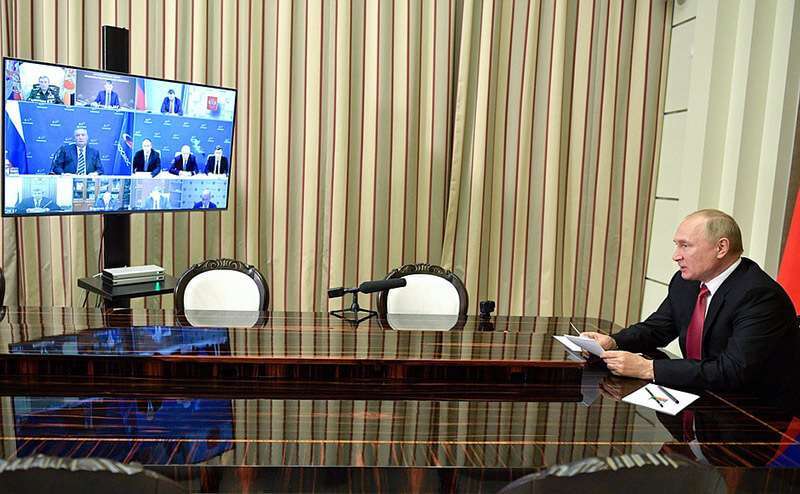
An acronym from the Russian Rossískaia Orbitálnaia Sluzhébnaia Stantsia, ROSS stands for Russian Orbital Service Station. It is conceived as an orbital complex with "open architecture and modular elements that would be replaced at the end of their service life", says Rogozin. Its official purpose is to "monitor navigation, ice conditions, major oil areas and the effects of pollution in the Arctic and along the North Sea routes," Vladimir Soloviev said.
The first link in the new space puzzle will be a newly designed cylindrical piece weighing about 20 tonnes. It is scheduled to be launched into orbit in 2026 and is to provide electrical power, propulsion and the guidance system for the module assembly, once Putin gives the green light first, approves its multi-billion dollar budget and signs the order to proceed with bringing ROSS to life.
If this happens and the schedule is met, construction of the first phase of ROSS will continue until 2028, with the attachment of three additional elements, solar panels and capsule attack nodes, totalling a volume of 228 cubic metres. All this will form a smaller orbital complex than the defunct Mir space station, which remained in orbit from February 1986 until 23 March 2001, when it re-entered the upper atmosphere and burned up in its entirety.

But in a second stage, until 2030, two more modules will be added, which will already reach around 600 cubic metres. One would be dedicated to repairing satellites or refuelling their tanks. They would be caught by spacecraft that would act as tugs and bring them closer to the space complex. Once the anomalies had been resolved, they would be repositioned in space. The other link would have commercial functions, e.g. to accommodate so-called space tourists and their whims, a source of income for Roscosmos.
Unlike the now non-existent Mir, Roscosmos does not envisage ROSS remaining permanently manned. Cosmonauts will have access to the interior and will be able to stay there for several months, as it will be equipped with software and instruments for its scientific equipment to function automatically without housing tenants. This is the same approach NASA has for its Gateway orbital complex.

The new Angara A5 heavy launcher will be used to deliver each of the ROSS parts into space. It will take off from the Vostochny Cosmodrome, which is just being built in Siberia, more than 5,500 kilometres as the crow flies from Moscow.
The capsules carrying the cosmonauts will be the veteran Soyuz capsules and the experienced Progress supply capsules, which will depart from Baikonur in the Republic of Kazakhstan. Vladimir Soloviev confirmed that in a second stage "the Soyuz 5 launcher and the reusable manned Oryol capsules", both still under development, will be used.

One important question remains: what about the International Space Station (ISS), of which Russia is a major partner? Its first element is Zarya, the key module of the ISS, which was placed in orbit in November 1998, to which many other infrastructures have been attached. The first tenants arrived in November 2000 and since then the ISS has housed 251 astronauts of 19 nationalities, mostly Russians and Americans.
Roscosmos chief Dmitry Rogozin and energy chief Vladimir Soloviev have warned that Russian modules more than 20 years old, including Zarya, have outdated software and need to be overhauled. Otherwise, they offer no security for astronauts to live on board beyond 31 December 2024. That is the date the United States, Russia, Japan, Canada, Canada and the European Space Agency have agreed on for abandoning the ISS. But NASA is leaning towards holding out until 2030 and the other partners agree - except for Roscosmos.

In a video conference with senior Russian space industry executives on 29 September, Vladimir Putin sent them a clear message. "Even if the operational life of the ISS can be extended beyond 2024, he told them, we must look beyond the horizon of this decade and take into account (...) national plans for infrastructure development in our huge territories, including the Arctic". It means that sooner rather than later, the President of all Russia will give the green light to the ROSS space station or a similar project. We will know soon enough.





